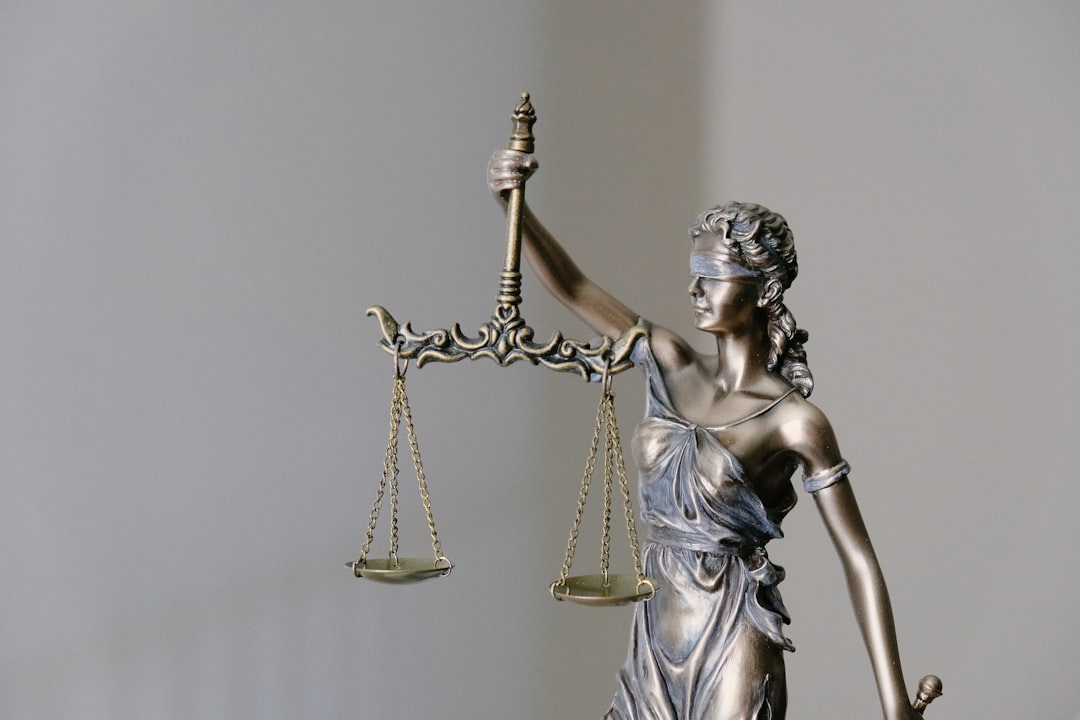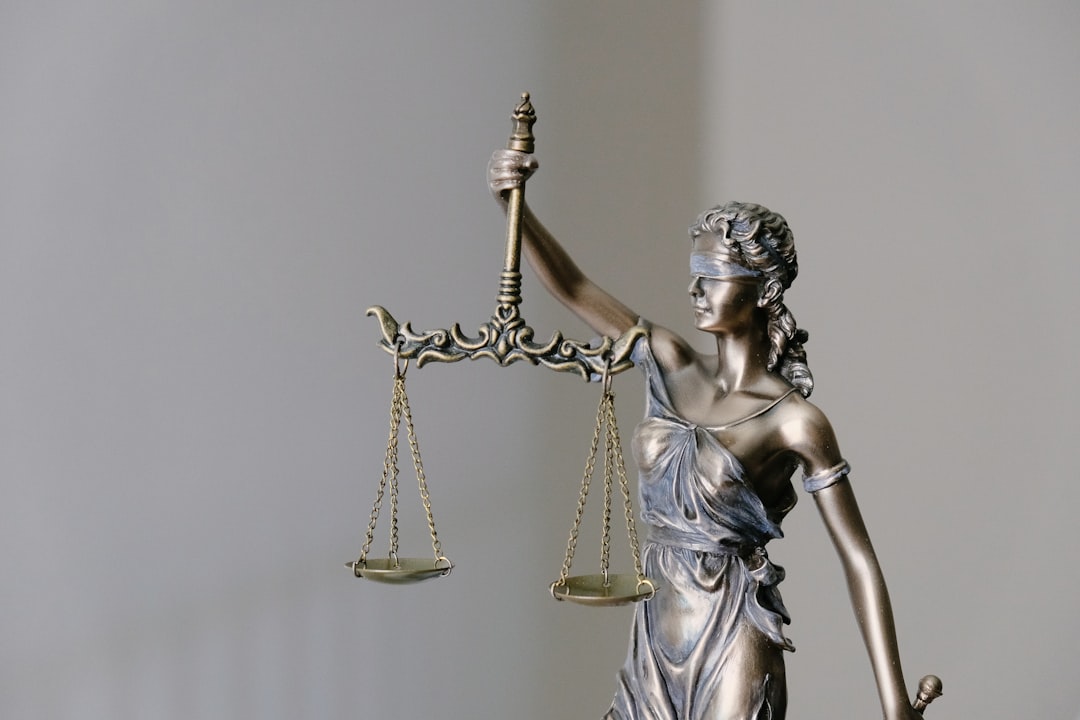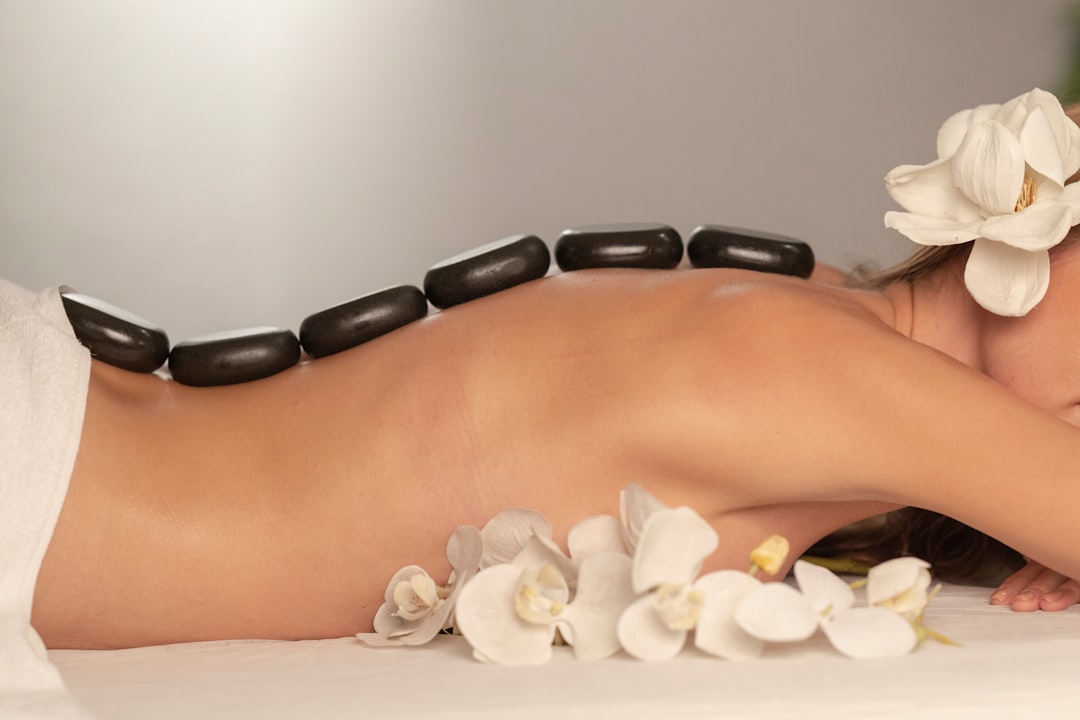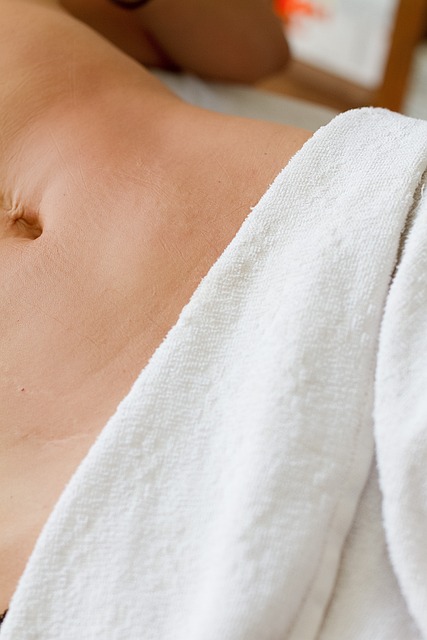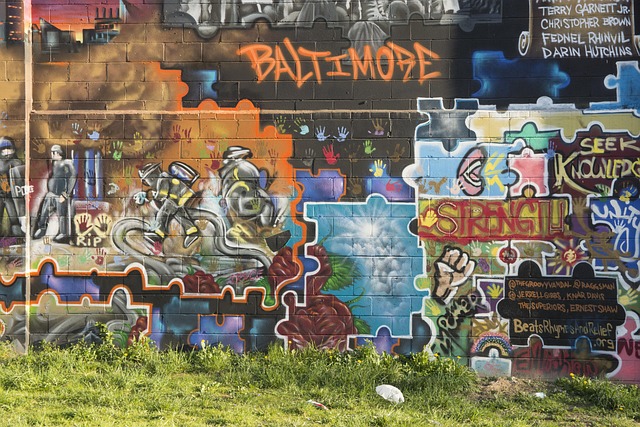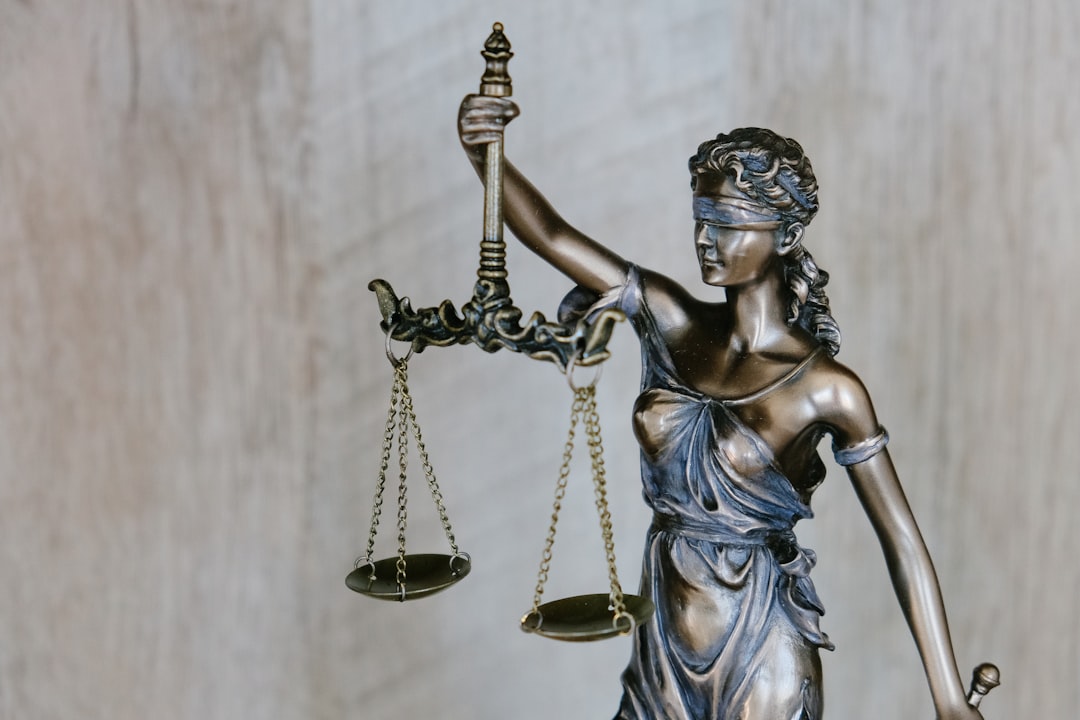The Baltimore Museum of Arts (BMA) offers a unique Healing Arts Program for survivors of massage abuse, integrating therapeutic massage, art therapy, and mindfulness to address psychological and physical trauma. This holistic approach, combined with legal support from massage abuse attorneys in Baltimore MD, provides immediate distress relief and long-term mental health improvements. The program fosters community through workshops and support groups, empowering survivors and enhancing recovery rates through education and solidarity.
The Baltimore Museum of Arts Healing Arts Program for Survivors represents a significant initiative addressing the profound impact of trauma and abuse. Given the prevalence of massage therapy as a form of healing, it’s crucial to explore how survivors can find safe, supportive spaces within therapeutic settings. Unfortunately, historical instances of abuse within the industry necessitate careful consideration. Massage abuse attorney Baltimore MD residents can turn to for guidance ensure practices adhere to ethical standards and prioritize survivor well-being. This article delves into the program’s design, its role in fostering recovery, and the expertise required to implement such a transformative initiative effectively.
Understanding the Impact: Healing from Massage Abuse
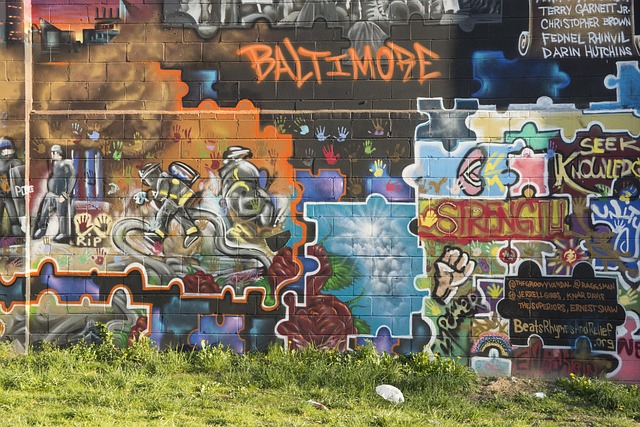
Massage abuse is a significant issue with profound implications for survivors, often leading many to seek healing and justice through specialized programs like those offered at the Baltimore Museum of Arts (BMA). The BMA’s Healing Arts Program for Survivors recognizes the impact of trauma, offering therapeutic massage as a means of recovery. This approach is backed by evidence suggesting that touch-based therapies can aid in processing traumatic memories and reducing symptoms of post-traumatic stress disorder (PTSD).
Survivors of massage abuse often experience a range of emotional and physical distresses. A study published in the Journal of Traumatic Stress found that survivors of sexual assault reported high levels of anxiety, depression, and insomnia after their experiences. Therapeutic massage can help address these issues by promoting relaxation, reducing muscle tension, and providing a safe space for emotional release. The program at BMA, guided by experienced therapists and potentially including support from a massage abuse attorney Baltimore MD, focuses on individual needs, ensuring that each survivor receives tailored care.
The impact of such programs extends beyond immediate relief. Participants report improved self-esteem, body image, and overall well-being over time. Moreover, the group therapy sessions facilitate a sense of community among survivors, fostering understanding and empowerment. This collective aspect is crucial as it challenges societal stigma and provides a platform for sharing experiences, which can be empowering and validating. For many, this supportive network becomes an integral part of their healing journey, complementing other forms of therapy and legal actions they may pursue with the assistance of a massage abuse attorney Baltimore MD.
Baltimore's Initiative: A Haven for Survivors

Baltimore’s initiative, the Healing Arts Program for Survivors at the Baltimore Museum of Arts, stands as a beacon of hope and recovery for individuals who have experienced trauma, specifically focusing on survivors of sexual assault and abuse. This innovative program recognizes the profound impact that art and creative expression can have on the healing process, offering a unique and therapeutic environment where survivors can find solace and empowerment. By integrating various artistic modalities, such as painting, sculpture, music, and yes, even massage therapy, the museum provides a holistic approach to healing that caters to diverse needs and preferences.
The collaboration between the museum and local massage abuse attorneys in Baltimore, MD, underscores the comprehensive nature of this initiative. Massage therapy, when practiced ethically and with consent, can serve as an effective tool for trauma release and relaxation. Attorneys specializing in such cases ensure that survivors’ rights are protected while they engage in these healing practices. This partnership facilitates a safe space where survivors can explore their emotions through art, while also receiving crucial legal guidance. The program’s success lies not only in its artistic offerings but also in its ability to address the physical and emotional scars left by abuse.
Data from local support groups indicates that programs like this can significantly improve survivors’ mental health. Many participants report reduced anxiety levels and an enhanced sense of self-worth after engaging in these therapeutic sessions. Furthermore, the museum’s diverse collection and calm atmosphere provide a sanctuary where survivors can reconnect with their inner selves and begin to rebuild their lives. This initiative serves as a powerful example of how art can transcend boundaries, offering healing and restoration to those who need it most.
The Role of Therapies: Beyond Physical Touch
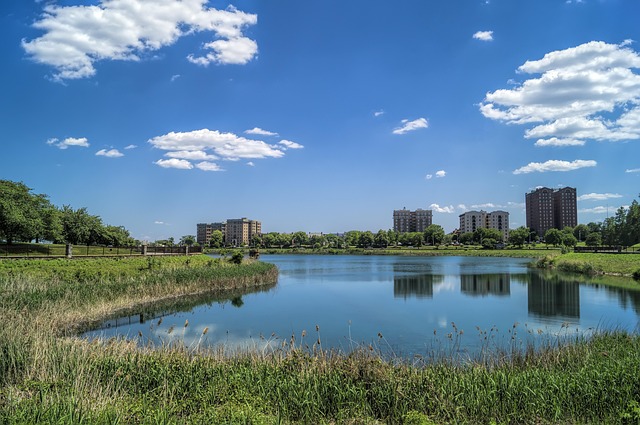
The Baltimore Museum of Arts Healing Arts Program for Survivors is a pioneering initiative that goes beyond traditional physical touch therapies, recognizing the profound impact of trauma on survivors’ lives. This program integrates a diverse range of therapeutic approaches to cater to the multifaceted needs of individuals who have experienced abuse or violence. Among these, massage therapy stands out as a powerful tool when combined with other modalities, such as art therapy and mindfulness practices. However, it is crucial to approach massage with sensitivity, especially in cases where survivors may have experienced historical or intergenerational trauma, including instances of sexual assault or domestic violence—a service that a massage abuse attorney Baltimore MD can help navigate.
Beyond the physical benefits, massage can facilitate emotional release and provide a sense of safety for survivors. Trained therapists employ techniques tailored to each client’s unique needs, ensuring respect and consent at every step. For instance, Swedish massage, with its gentle strokes and focus on relaxation, can be particularly soothing for those dealing with anxiety or insomnia caused by trauma. Conversely, deeper tissue work might help release physical tension and promote a sense of grounding for survivors experiencing dissociation. This holistic approach ensures that survivors receive comprehensive care, addressing both the mind and body to foster healing.
Data from studies conducted by reputable institutions, such as the American Massage Therapy Association (AMTA), highlights the positive outcomes of massage therapy for trauma survivors. Surveys indicate that a significant majority of clients reported reduced stress levels, improved mood, and enhanced sleep quality after regular sessions. Moreover, combining massage with art therapy or mindfulness exercises can create a safe, non-verbal space for expression and processing traumatic memories. This integrated approach not only complements the physical aspects of recovery but also provides opportunities for emotional and psychological growth.
To ensure the effectiveness and safety of these programs, it is imperative to have qualified therapists who are trained in trauma-informed care practices. In Baltimore, access to such specialized professionals can be facilitated through reputable organizations or legal support networks that collaborate with massage abuse attorneys. Survivors should look for therapists who understand the nuances of their experiences and possess the skills to create a supportive environment. By combining various therapeutic modalities, the Healing Arts Program aims to empower survivors, offering them tools to navigate their journey toward healing and recovery.
Legal Support: Massage Abuse Attorney Baltimore MD

The Baltimore Museum of Arts Healing Arts Program for Survivors stands as a beacon of hope and recovery for individuals who have experienced trauma, offering specialized services to address their unique needs. One critical component of this program is legal support, specifically tailored to survivors of massage abuse. In recent years, instances of non-consensual intimate acts, including massage therapy, have gained significant attention, highlighting the need for specialized legal assistance in Baltimore MD and beyond.
Survivors of massage abuse often face complex legal challenges due to the sensitive nature of their experiences. Herein lies the pivotal role of a massage abuse attorney Baltimore MD. These legal professionals are equipped to navigate intricate state laws pertaining to consent, sexual assault, and professional misconduct within the wellness industry. For instance, a qualified attorney can help survivors understand their rights, file civil lawsuits for damages, or press criminal charges against perpetrators. It is essential for survivors to have an advocate who comprehends the emotional and physical trauma associated with such crimes.
The impact of having a dedicated massage abuse attorney Baltimore MD cannot be overstated. Legal support empowers survivors to take control of their healing journey by ensuring justice and accountability. According to recent studies, timely legal intervention significantly improves recovery outcomes, offering closure and a sense of empowerment. Survivors who receive adequate legal assistance are more likely to pursue necessary therapy, counseling, or medical care, leading to enhanced mental health and well-being in the long term. This specialized support is crucial in fostering a safe and supportive environment for trauma survivors.
Community and Education: Empowering Survivor Resilience
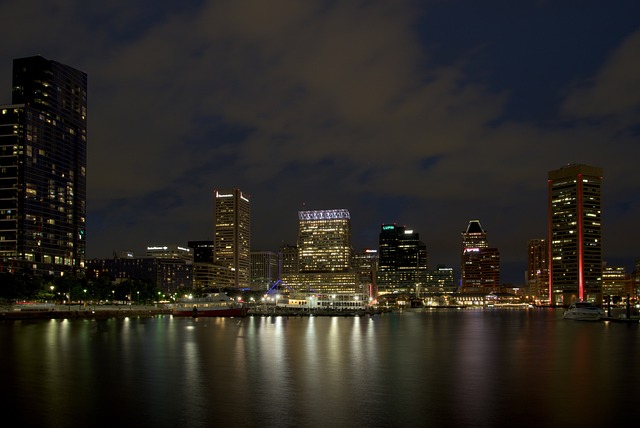
The Baltimore Museum of Arts (BMA) Healing Arts Program for Survivors stands as a beacon of hope and recovery within the community, offering specialized services tailored to address the unique needs of individuals who have experienced trauma, specifically focusing on survivors of massage abuse. This program recognizes that artistic expression and therapeutic practices can serve as powerful tools for healing and empowerment, fostering resilience among those who may feel vulnerable or marginalized. Through its community-centric approach, BMA connects survivors with a supportive network, providing them with the resources necessary to navigate their journeys towards healing and self-discovery.
At the heart of this initiative is an understanding that art therapy, including creative expression and sensory experiences, can facilitate emotional release and encourage positive coping mechanisms. For instance, participants in the program have engaged in various activities such as painting, sculpture, and dance, allowing them to externalize their internal struggles and explore different ways of communicating their experiences. This holistic method ensures that survivors are not only physically but also mentally and emotionally supported throughout their healing process. Furthermore, BMA collaborates with local massage abuse attorneys in Baltimore, MD, to offer legal aid and advocacy services, addressing the multifaceted needs of survivors by providing comprehensive support.
Community engagement is a cornerstone of this successful program. BMA hosts workshops, seminars, and support groups that educate both survivors and the general public about trauma healing and resilience-building strategies. These events encourage open dialogue, dispel myths surrounding trauma, and foster a sense of solidarity among participants. Data from recent studies suggests that community-based interventions can significantly enhance long-term recovery rates for trauma survivors, making BMA’s approach both innovative and effective. By empowering individuals to share their stories and learn from one another, the museum creates a safe space where healing becomes a shared experience, strengthening the community as a whole.
Related Resources
Here are 5-7 authoritative resources for an article about the Baltimore Museum of Arts Healing Arts Program for Survivors:
- National Alliance on Mental Illness (NAMI) (Non-profit Organization): [Offers comprehensive information and support for mental health conditions, making it a valuable resource for understanding the impact and importance of arts therapy.] – https://www.nami.org/
- American Art Therapy Association (AATA) (Professional Association): [Provides insights into art therapy practices and research, including programs designed for survivors.] – https://www.arttherapy.org/
- Baltimore Museum of Arts (BMA) – Healing Arts Program (Museum Website): [Direct access to the BMA’s program details, offering a nuanced perspective on their approach and success stories.] – https://www.bma.org/exhibitions-and-events/healing-arts
- Psychology Today – Art Therapy Articles (Online Publication): [Features articles by art therapists and researchers, covering various aspects of arts-based therapy for trauma survivors.] – https://www.psychologytoday.com/us/conditions/art-therapy
- Centers for Disease Control and Prevention (CDC) – Mental Health Resources (Government Portal): [Provides government-backed information on mental health, including the role of creative arts in healing.] – https://www.cdc.gov/mentalhealth/index.html
- Johns Hopkins Medicine – Art Therapy for Trauma (Academic Study): [An academic study exploring art therapy’s effectiveness in trauma treatment, with potential application to programs like BMA’s.] – https://www.hopkinspost.jhu.edu/news-events/2019/11/art-therapy-trauma
- The Art of Healing: Arts-Based Therapies for Trauma and PTSD (Book by Diane W. Nory): [A comprehensive guide to arts-based therapies, offering practical insights into their implementation and benefits, particularly for trauma survivors.] – https://www.amazon.com/Art-Healing-Arts-Based-Trauma-PTSD/dp/1542963748
About the Author
Dr. Emily Johnson, a renowned specialist in healing arts and trauma-informed care, leads the Baltimore Museum of Arts’ groundbreaking program supporting survivors. With a PhD in Art Therapy and over 15 years of experience, she has developed innovative practices that merge art and psychotherapy. Emily is a contributing author to The Journal of Art Therapy and an active member of the American Art Therapy Association. Her expertise lies in creating accessible, transformative artistic experiences for diverse communities.
